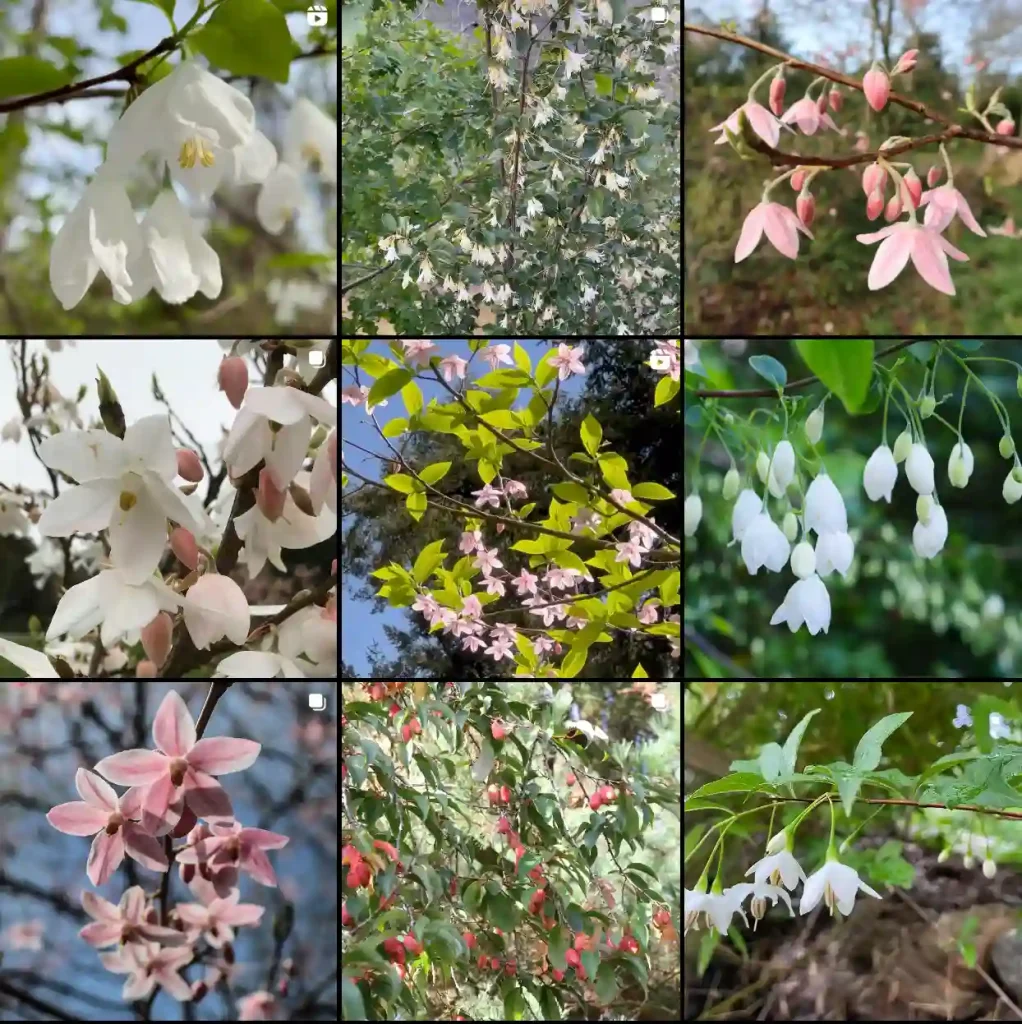Agave Weberi: The Easygoing Evergreen for Your Landscape
I’m Ferb Vu, and I’ve been obsessed with low-maintenance, drought-tolerant plants for years. The Agave Weberi, also known as Weber’s Agave, has consistently impressed me with its architectural beauty and resilience. Here, I’ll answer some of the most common questions about this fantastic succulent.
304 Species in Genus Agave
What is Agave Weberi?
The Agave Weberi is a slow-growing succulent native to Mexico. It forms a stunning rosette of thick, pointed leaves with a toothed margin. These leaves can range from green to a beautiful blue-green, depending on the variety. Mature plants can reach up to 5 feet tall and spread 6 to 10 feet wide, creating a dramatic focal point in your garden.
Agave Weberi vs. Other Agaves: Know Your Succulents
There are hundreds of Agave species, so it’s natural to wonder how Weberi compares. Here’s a quick breakdown of two popular varieties:
- Agave Americana (Century Plant): This iconic Agave is much larger than Weberi, reaching 8 feet tall and wide. It also has straighter, more sword-like leaves with a pronounced terminal spine. Americana is slightly less cold-hardy than Weberi.
- Agave Victoriae-Reginae (Queen Victoria Agave): This stunning Agave boasts a symmetrical rosette with intricate geometric patterns on its silvery-blue leaves. It’s a slower grower than Weberi and prefers well-drained, sandy soil.
Ultimately, the best choice depends on your desired size, aesthetics, and climate.
How to care for Agave Weberi?
Agave Weberi is a dream for busy gardeners. Here’s what you need to know:
- Light: Full sun is ideal, but it can tolerate partial shade.
- Soil: Well-draining soil is crucial. Amend clay soils with sand or gravel to ensure proper drainage.
- Watering: Water deeply when the soil dries completely. Reduce watering significantly in winter.
- Fertilizer: Fertilize sparingly, if at all. Agave Weberi thrives on neglect in terms of feeding.
Is Agave Weberi cold-hardy?
Yes, it’s surprisingly cold-tolerant, surviving down to 15°F.
Does Agave Weberi flower?
Yes, but it’s a rare sight. It produces a tall stalk with yellow flowers after many years of maturity. The plant typically dies after flowering, but pups will emerge at the base to carry on its legacy.
Is Agave Weberi safe to plant around pets?
While not inherently toxic, the sharp leaves can cause injury. Plant it in a location where curious pets can’t reach them easily.
Can I grow Agave Weberi in a pot?
Absolutely! Choose a pot with drainage holes and use a well-draining cactus mix. Provide plenty of sunlight and water when the soil dries out completely.
How fast does Agave Weberi grow?
Agave Weberi is a slow grower, typically adding only a few inches per year. This makes it a great choice for gardeners who don’t want a fast-spreading plant.
Can I propagate Agave Weberi?
Yes, you can propagate Agave Weberi by removing the pups (baby Agaves) that form at the base of the mature plant. Allow the pups to callous over for a few days before planting them in their own pots with well-draining soil.
What are some common pests or diseases that affect Agave Weberi?
Agave Weberi is relatively pest and disease resistant. However, it can be susceptible to agave snout weevil, which feeds on the leaves. Look for signs of chewed leaves and treat with insecticidal soap if necessary.
Should I remove the dead leaves on my Agave Weberi?
You can remove the dead leaves for aesthetic purposes. However, leaving them on the plant can provide some insulation during cold winters.
Where can I buy Agave Weberi?
Agave Weberi can be found at many online retailers and well-stocked nurseries.
Can Agave Weberi be grown indoors?
While Agave Weberi can tolerate some indoor light, it thrives best with plenty of direct sunlight. If you must grow it indoors, place it in a south-facing window and supplement with grow lights if necessary. However, be aware that indoor growth may be slower and the plant may become leggy.
With its low-maintenance nature and stunning looks, the Agave Weberi is a perfect addition to any garden. So, if you’re looking for a sculptural succulent that thrives on neglect, give this architectural wonder a try!
If i die, water my plants!



